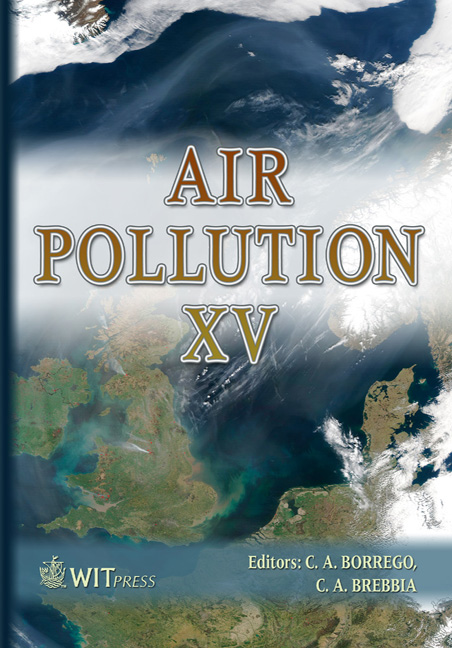Source Apportionment Of VOC In 3 French Sites By CMB And PMF Models And Critical Analysis
Price
Free (open access)
Transaction
Volume
101
Pages
10
Published
2007
Size
365 kb
Paper DOI
10.2495/AIR070321
Copyright
WIT Press
Author(s)
F. Troussier, N. Locoge & J. C. Galloo
Abstract
Hourly concentrations of 31 ambient volatile organic compounds (VOC) were analysed between 2001 and 2003 at three sites located close to three large French cities, in order to calculate contributions of each VOC source. Winter and summer VOC datasets were analysed using chemical mass balance (CMB) and positive matrix factorisation (PMF). For each site, some common sources (vehicle exhaust, gasoline evaporation, leaks of gas, biogenic and domestic heating) were found. Whatever the site of measurement, the automobile exhaust source is most important (35.4 to 61.4% of the total contributions according to the season and the site) in terms of contribution of source. First PMF and CMB results are quite different because PMF finds factor relating to distant sources. New CMB modelling using distant sources profile were made and so CMB and PMF exhibit nearly identical solutions. Keywords: volatile organic compound, urban-periurban-rural sites, data analysis, source apportionment, receptor modelling. 1 Introduction The volatile organic compounds (VOC) are important trace species emitted into the atmosphere from anthropogenic and biogenic sources [1], which can influence its chemistry in many ways [2]. In France, VOC measurements are carried out by air quality monitoring networks. Continuous hourly measurements of 31 VOC from C2 to C9 have been performed since 2001 in three regional networks (Marseille, Strasbourg and Grenoble) and so a big VOC concentration database is now available. Each site presents a specific typology: urban site for Marseille, periurban site for
Keywords
volatile organic compound, urban-periurban-rural sites, data analysis, source apportionment, receptor modelling.





